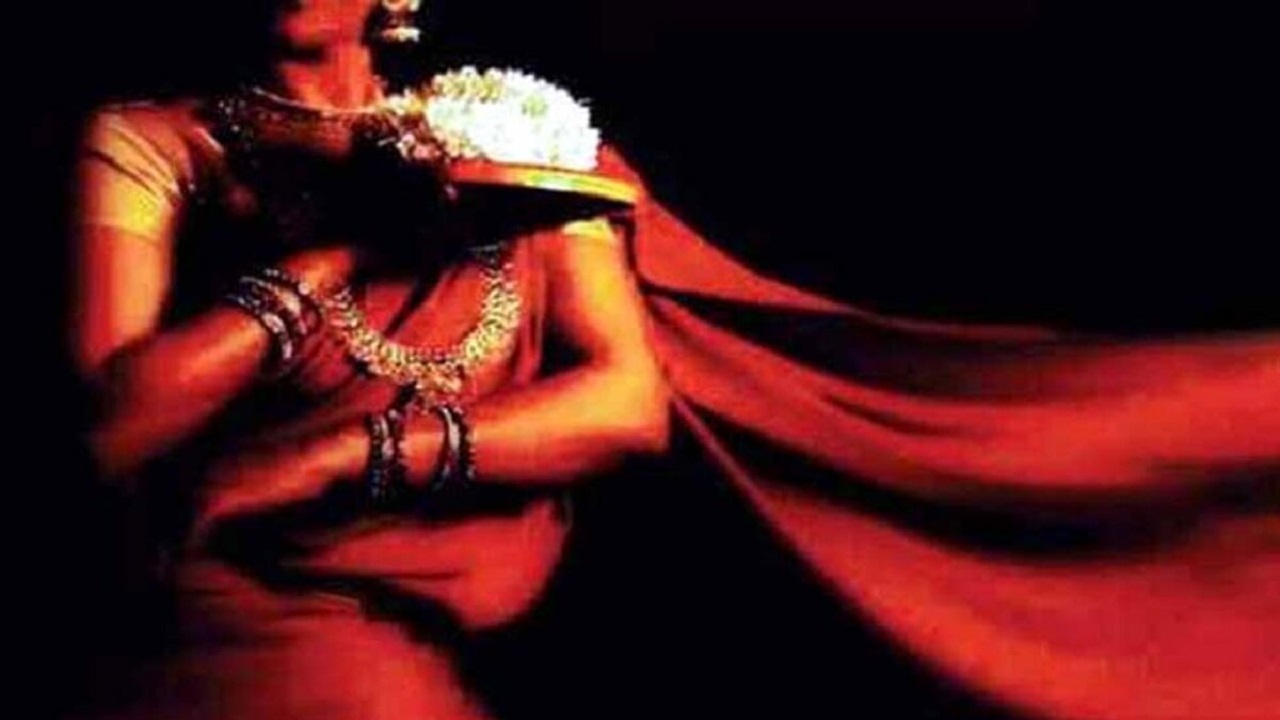The Devadasi System in Mysore: Patronage, Prestige, and Prohibition
Context
- The Devadasi system was a long-standing institution in South India, where young girls were dedicated to temples to serve as dancers and musicians.
- Over time, it evolved into a social and economic system with both religious significance and deep-rooted gender inequalities.
- By the 18th century, the status of Devadasis declined, leading to reform movements and legal abolition.
- Recently, historian Janaki Nair discussed the rise and fall of the Devadasi system in Mysore at the Bangalore International Centre.
Origin and Evolution of the Devadasi System
Historical Beginnings
- The system traces its origins to the 8th century.
- An inscription from 800 AD in Mayile village records the dedication of:
- A virgin girl to the temple.
- 8 mattars of land, 1,000 cows, and a swing for the deity.
- Devadasis existed in Jain, Shaivite, and Vaishnavite temples across South India.
Royal Patronage and Cultural Growth
- Mysore Wadiyars played a key role in patronizing and institutionalizing the system.
- By the 10th century, dedicated young girls performed various religious and cultural services, such as:
- Dancing and singing during temple rituals.
- Carrying sacred aaratis and participating in processions.
Training and Contributions
- Devadasis received rigorous training in:
- Nritya (dance) and Geeta (vocal music).
- Krishnaraja Wadiyar III hired Chinnayya Pillai of the Thanjavur Quartet to train dancers.
- The Thanjavur Quartet—Chinnayya, Ponnayya, Sivananda, and Vadivelu—contributed to the development of Bharatanatyam and Carnatic music.
Economic Support and Sustenance
- Devadasis were financially supported through:
- Land grants and money from temples.
- Donations from merchants, landlords, and art patrons.
- An epigraph mentions a grant to maintain "the looking glass of the dancing girls", with an assurance that "it would continue as long as the sun and moon exist."
Social Status of Devadasis
Wider Presence
- Devadasis were present in temples across Mysore, Bangalore, Mulbagal, Kadoor, T. Narsipur, and other towns.
Independent Social Class
- Devadasis had their own:
- Laws of inheritance and panchayats.
- Rules of etiquette and governance.
- They hailed from diverse castes, including:
- Kurubas, Bedas, Gangadikara Vokkaligas, Telugu Banajigas, and Lingayats.
Matrilineal System and Role in Weddings
- Women inherited property through a matrilineal system.
- Devadasis were considered nitya sumangalis (eternally auspicious women).
- In many weddings, apart from the groom, Devadasis tied a second tali (sacred thread) around the bride’s neck.
Reasons for Social Importance
- Expertise in Fine Arts – Mastery over music, dance, and literature.
- Higher Learning – Exposure to multiple languages, scriptures, and royal circles.
- Acceptance of Polygamy – Their relationships did not face societal stigma.
- Economic Independence – They received grants, owned land, and had financial stability.
- Permanent and Hereditary Posts – Devadasis had lifelong temple employment, and their death led to temporary halting of temple activities.
Decline of the Devadasi System
Factors Leading to Decline
- 18th Century Onwards – Exploitation of Devadasis became widespread.
- Western Morality & Colonial Influence – British rule led to:
- A negative perception, equating the system with prostitution.
- Increased protests against the practice.
- Anti-Nautch Movement (19th–20th Century) – Aimed to:
- Abolish the dedication of girls to temples.
- End public performances by Devadasis.
- Sanitization of Sadir Dance –
- Sadir (Dasiyattam), performed by Devadasis, was seen as erotic.
- Dominant caste women adapted and transformed it into Bharatanatyam.
- Administrative Reforms –
- Muzrai Commissioner A. Srinivasacharlu played a pivotal role in abolition.
- 1898 – Announced no new Devadasis would be appointed after their predecessors passed away.
- Discontinued appointments in Muzrai temples across Mysore, Kadur, Tumkur, Kolar, etc.
Legal and Social Reforms
Progressive Reforms in Mysore
- Infant Marriage Regulation (1894) –
- Banned marriages for girls below 8 years.
- Restricted age gap to 30 years.
- Hindu Women’s Property Rights Act (1933) –
- Gave Hindu women inheritance rights, increasing their financial security.
Abolition of the Devadasi System
- Mysore became one of the first regions in India to abolish the Devadasi system in 1908-09.
- This was much earlier than the Madras Devadasi Abolition Act (1947).
Conclusion
- The Devadasi system evolved from a respected temple tradition to an institution plagued by exploitation.
- While it flourished under royal patronage, it later faced criticism due to colonial influence and social reform movements.
- Mysore played a pioneering role in abolishing the system, setting the stage for wider legislative reforms in India.
- Despite its decline, the artistic and cultural contributions of Devadasis continue to thrive in Bharatanatyam and Carnatic music.


_(13).jpg)

Comments (0)